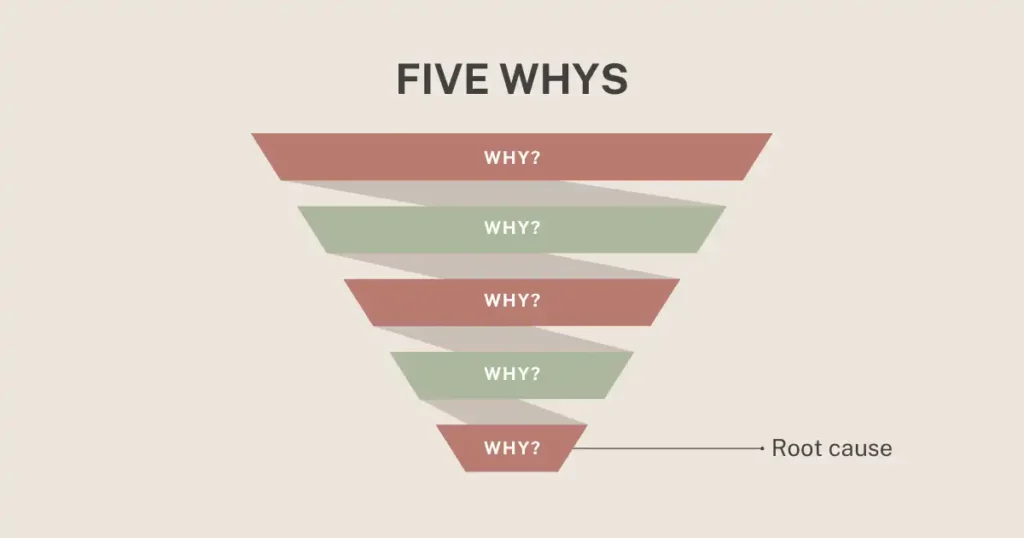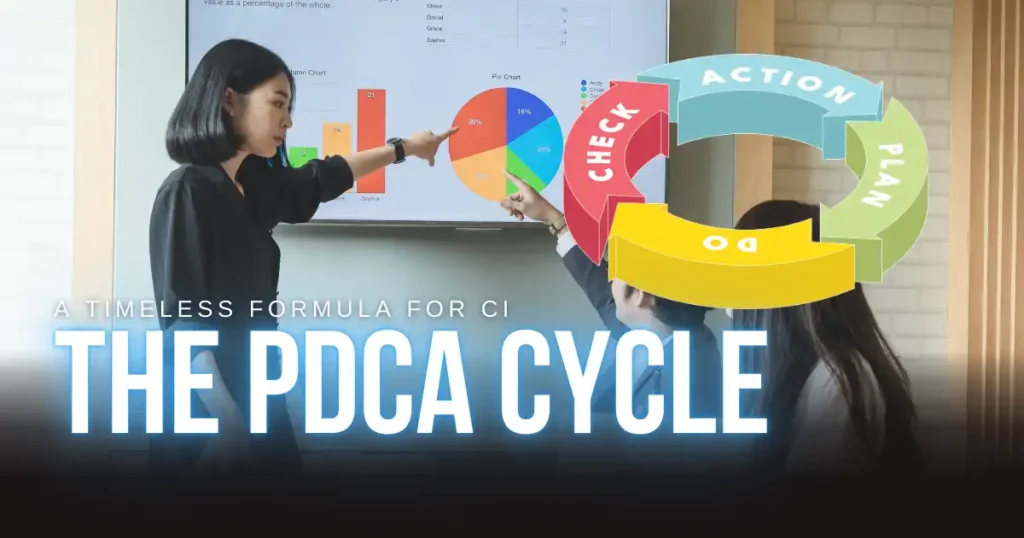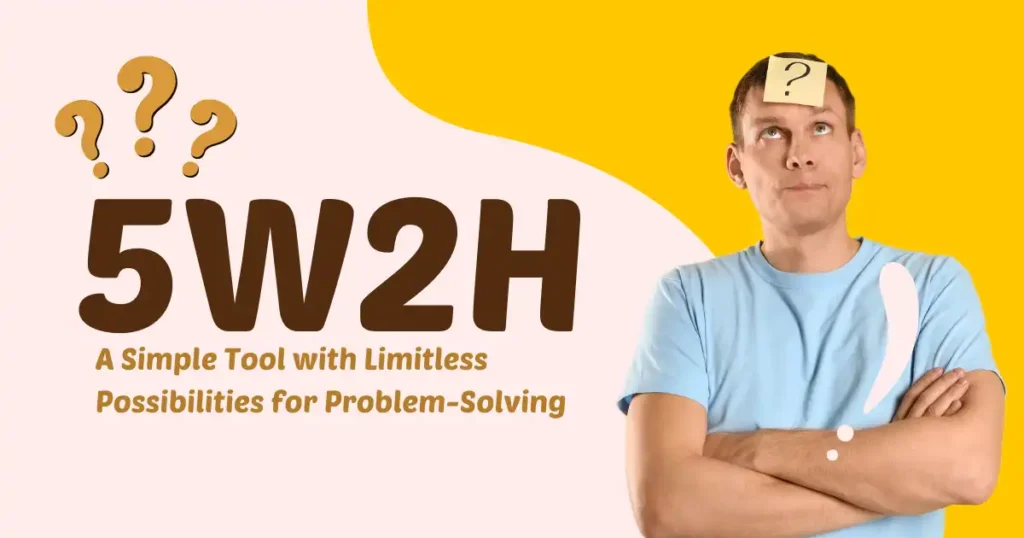Table of Contents
1. Meetings Are a Mess—Here’s How to Fix Them
Ever sat through a meeting where:
- One person dominates the conversation?
- Another shoots down every idea?
- A third says nothing at all?
And after 45 minutes… nothing gets done?
That’s because everyone’s thinking in different directions—at the same time. It’s like trying to drive a car with six people grabbing the wheel.
📉 Fact:
Poor communication costs companies an average of $12,506 per employee every year.
(Source: SHRM)
Now imagine if you could get everyone thinking in sync—without stifling ideas, emotions, or caution.
That’s what the Six Thinking Hats method does.
It turns chaotic brainstorming into clear, focused thinking—one mindset at a time.
2. What Are the Six Thinking Hats? (The Fast Version)
The Six Thinking Hats is a method developed by Dr. Edward de Bono in the 1980s.
His big idea?
Don’t mix logic, emotion, creativity, and criticism all at once. Separate them—on purpose.
Each “hat” represents a specific thinking style.
You “wear” one hat at a time to look at a problem from a single point of view.
🎩 Six hats. Six colors. Six ways to think.
Here’s what it helps with:
- Clearer thinking – everyone focuses on the same lens at the same time
- Faster decisions – no talking in circles
- Less conflict – because feelings and facts each get their moment
- Better collaboration – all voices and angles are included
It’s simple. It’s fast. And it works.
3. White Hat: The Facts Hat 🧠
This is the no-spin zone.
When you wear the White Hat, you’re not guessing, judging, or reacting. You’re just looking at the cold, hard facts.
🧊 Focus:
- What data do we have?
- What data are we missing?
- What’s known vs. what’s assumed?
No opinions. No forecasts. No “I think…” Just evidence.
📊 Example:
“Sales dropped 12% last quarter.”
“Our customer satisfaction score is 78.”
“We don’t have user data from the past two weeks.”
Start with reality. You can’t solve what you don’t understand.
4. Red Hat: The Emotions Hat ❤️
Now flip the switch. No logic. No data. Just gut feeling.
The Red Hat gives space for instincts, moods, and reactions—without needing to justify or explain.
❤️ Focus:
- How do I feel about this idea?
- What’s my intuition telling me?
- Am I excited, annoyed, skeptical?
This is where you surface the stuff people usually hide in meetings.
🤔 Example:
“This plan makes me anxious—I feel like we’re rushing.”
“I love this concept. It just feels right.”
Emotions affect decisions. So name them early—before they sabotage logic later.
5. Black Hat: The Risk Hat ⚠️
Time to look for cracks before they turn into craters.
The Black Hat is all about caution, criticism, and spotting flaws. Not to kill ideas—but to stress test them.
⚠️ Focus:
- What could go wrong?
- Where are the weaknesses?
- What’s the downside?
This hat protects you from costly mistakes, blind spots, and wishful thinking.
🛑 Example:
“If we cut staff now, service quality might drop and churn could spike.”
“This idea depends on one vendor. What if they back out?”
Every bold move needs a reality check. Use the Black Hat to find the risk—before the risk finds you.
6. Yellow Hat: The Optimism Hat ☀️
Now swing to the opposite side.
The Yellow Hat is about seeing the bright side—what could go right, what value this idea brings, and where the opportunities lie.
☀️ Focus:
- What are the benefits?
- What value does this create?
- What’s the best-case scenario?
This hat helps push ideas forward instead of shooting them down too early.
🌟 Example:
“If this new software works, we’ll cut reporting time by 40% and free up 3 hours per team member every week.”
“This partnership could double our visibility in new markets.”
No idea survives without optimism. Yellow Hat thinking gives hope, momentum, and motivation.
7. Green Hat: The Creativity Hat 🌱
Now it’s time to break the mold.
The Green Hat is where you invent, explore, and imagine. No limits. No judgment. Just ideas—the wilder, the better.
🌱 Focus:
- What else could we try?
- Are there new angles, solutions, or strategies?
- How can we do this differently?
This is your space to think beyond what’s obvious or safe.
💡 Example:
“What if we partnered with a competitor for this one project?”
“Could we test the idea in one market before going all in?”
Innovation doesn’t show up when you’re stuck in “what is.” Green Hat thinking invites “what if?”
8. Blue Hat: The Control Hat 🎩
This hat manages the whole process.
The Blue Hat is about structure, direction, and flow. It’s worn by the facilitator—or anyone keeping the conversation on track.
🎩 Focus:
- What’s our goal right now?
- Which hat do we need to use next?
- Are we staying on track?
This hat doesn’t dive into content. It directs traffic so each hat gets its time.
🧭 Example:
“Let’s pause and switch to Yellow Hat thinking now.”
“We’ve been creative. Time to put on the Black Hat and look for risks.”
Good thinking needs guidance. The Blue Hat keeps everyone aligned and moving forward.
9. How to Use the Hats in Real Life
This isn’t just theory. The Six Thinking Hats method is made for action.
🧠 Rule #1:
One person wears one hat at a time. Don’t mix logic, emotion, creativity, and risk in one sentence.
🔁 How to use them:
- Rotate hats by time (“Let’s spend 5 minutes in Yellow Hat mode.”)
- Rotate by topic (“Let’s use the Red Hat to talk about customer reaction.”)
- Rotate by speaker (“Each person gives one idea per hat.”)
🎯 Best for:
- Brainstorming sessions
- Product launches
- Crisis planning
- Strategic decision-making
💡 Quick tip:
Try a 2-minute hat round during your next meeting. Everyone gets a turn under each hat. You’ll be amazed how quickly the discussion sharpens.
10. Final Wrap-Up: Think One Way at a Time
When people talk over each other, thinking from different angles, nothing moves forward.
That’s the real problem in most group decisions.
The Six Thinking Hats solves that by saying:
“Let’s all think one way at a time—together.”
It’s not about ego. Not about who’s right.
It’s about clarity. Order. Smart, well-rounded thinking.
🎯 Train your brain to switch hats.
Train your team to do the same.
And watch decisions get faster, smarter, and less painful.
“You make better decisions when you stop thinking everything at once.”











